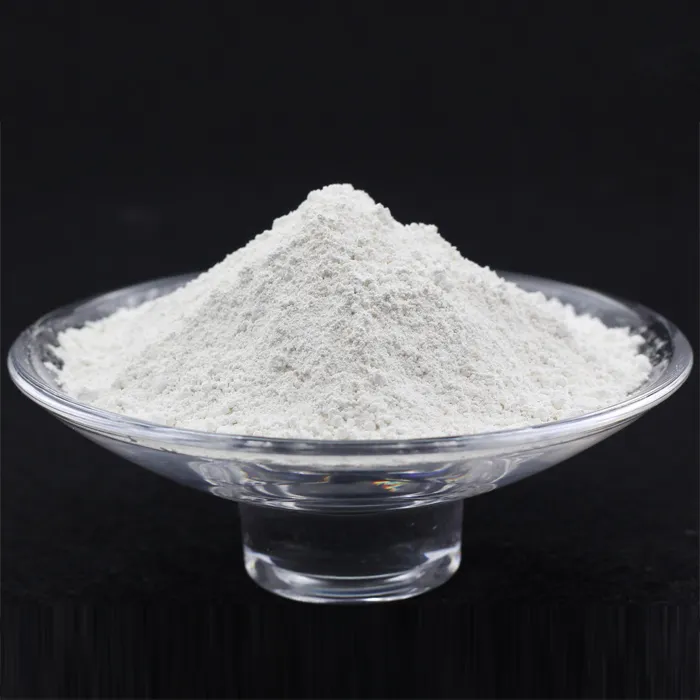Wastewater Treatment Chemicals An Essential Component of Environmental Sustainability
Wastewater treatment is a critical process for maintaining environmental health and public safety. As populations grow and industrial activities expand, the volume of wastewater generated increases significantly, necessitating efficient and effective treatment methods. One of the key components in the wastewater treatment process is chemicals, which play various roles in ensuring that treated water is safe for release into the environment or for reuse.
The Role of Chemicals in Wastewater Treatment
Wastewater treatment chemicals serve multiple purposes, including coagulation, flocculation, disinfection, pH adjustment, and nutrient removal. Each of these processes contributes to the overall efficacy of wastewater treatment systems.
1. Coagulation and Flocculation Coagulation involves the addition of chemicals, such as aluminum sulfate or ferric chloride, to wastewater to destabilize colloidal particles. This is often the first step in the treatment process. The destabilized particles then clump together during the flocculation stage, forming larger aggregates, or flocs, which can be easily removed from the water.
2. Disinfection After the main contaminants have been removed, it is crucial to disinfect the treated water to eliminate any remaining pathogens. Chemicals such as chlorine, chloramine, and ozone are commonly used for this purpose. Each disinfectant has its own advantages and disadvantages regarding effectiveness, residuals, and potential formation of harmful byproducts.
3. pH Adjustment The pH level of wastewater can significantly impact the efficacy of various treatment processes. Chemicals like sulfuric acid or sodium hydroxide are often added to adjust the pH, optimizing conditions for subsequent treatment stages, including biological treatment.
4. Nutrient Removal The presence of nutrients such as nitrogen and phosphorus in wastewater can lead to algal blooms in receiving water bodies, causing ecological imbalances. Chemicals like ferric chloride can be used to remove phosphorus, while biological or advanced chemical processes may be employed for nitrogen removal.
Types of Chemicals Used
waste water treatment chemicals

The selection of chemicals used in wastewater treatment depends on several factors, including the composition of the wastewater, regulatory requirements, and cost-effectiveness. Commonly used chemicals include
- Coagulants and Flocculants These chemicals are essential for the aggregation of suspended solids. Common coagulants include aluminum sulfate, ferric sulfate, and polyaluminum chloride. Flocculants, typically organic polymers, enhance the settling process.
- Disinfectants Chlorine-based compounds are widely used for disinfection, although alternative methods like ultraviolet light treatment and advanced oxidation processes are gaining popularity due to environmental concerns associated with chlorination byproducts.
- pH Regulators Alkaline substances like sodium hydroxide and acidic compounds like sulfuric acid are employed to keep the water within an optimal pH range for treatment.
- Nutrient Removal Agents Chemicals such as ammonium sulfate and various metal salts are utilized to precipitate and remove excess nutrients effectively.
Environmental Considerations
While chemicals play a vital role in wastewater treatment, it is essential to consider their environmental impact. The use of certain chemicals can lead to the formation of residuals and byproducts that may be harmful if not managed properly. Therefore, regulatory frameworks and best practice guidelines are crucial in ensuring that the use of chemicals does not compromise environmental quality.
Conclusion
Wastewater treatment chemicals are indispensable in the quest for cleaner water and a healthier environment. As technology advances and regulations evolve, the focus on smart chemical usage will not only enhance treatment processes but also promote sustainability. By investing in research and development, industries and municipalities can adopt greener alternatives, reducing environmental impacts while effectively managing the challenges posed by increasing wastewater volumes. Thus, the future of wastewater treatment lies in balancing chemical applications with ecological stewardship, ensuring that water resources are preserved for generations to come.

